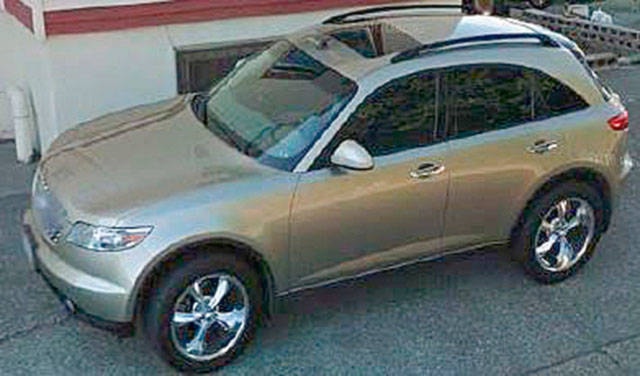by David Clements/Special to the Langley Advance Times
While Canadian politicians and Canadian citizens argue about the best government plan for climate action, there are other forces at work, mostly beyond governmental control.
Unprecedented hurricanes are wreaking havoc across the globe, and climate change is implicated.
Meanwhile, another change is blowing in the wind, which will further load the earth’s atmosphere with carbon.
The sun appears to be setting on the sedan.
Smaller vehicles will not disappear completely, but are clearly being eclipsed by trucks and SUVs.
LMC Automotive tracks the U.S. automotive industry (which for the most part drives worldwide trends). It projects U.S. sales for trucks and SUVs for the year 2022 as: General Motors 84 per cent, Ford 90, and Fiat Chrysler 97. And 2022 is just around the corner.
It just takes a quick inventory of the average parking lot jammed with trucks and SUVs to see that it is already happening.
To tell this story properly I have to take you back to the 1970s.
I admit I’m old enough to remember the ’70s and the oil crisis in 1973 that drove the U.S. government to demand tighter fuel economy regulations – but get this – the regulations came down harder on cars (sedans), the vehicles of the general populace.
The automobile industry ultimately responded by re-making SUVs and trucks – the less regulated ones – to become the family vehicle of choice.
Many other forces have conspired to make these vehicles the top choice: perceptions of greater safety, versatility in towing and hauling, affordable fuel (think U.S. gas), favourable international markets, and improved fuel efficiency over time.
But can they be more fuel efficient than sedans?
New York Times reporter Hiroko Tabuchi estimates on average, no matter what you do to make them more efficient, SUVs will always be 30 per cent less efficient than smaller cars.
The figure makes sense if you use something like 30 per cent more metal in the construction, it will make for heavier vehicles, with increased wind resistance and so forth.
So if you want to buck the trend and buy a car that is not an SUV or a truck, do it quickly before the sun sets on the sedan.
– David Clements PhD, is a professor of biology and environmental studies at Trinity Western University
